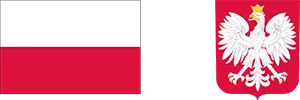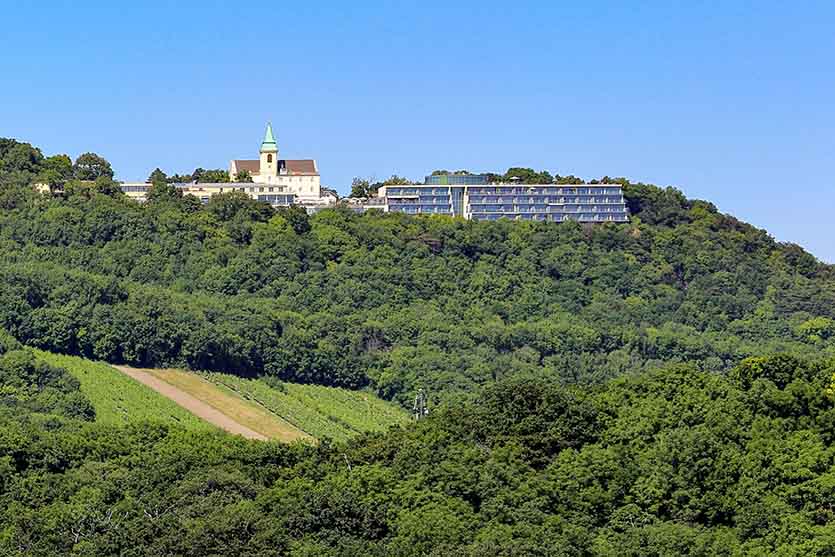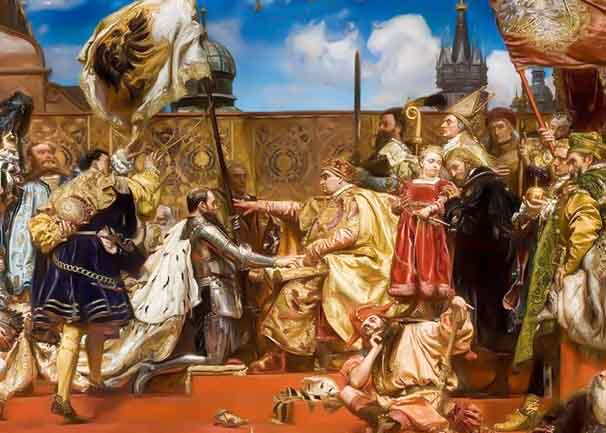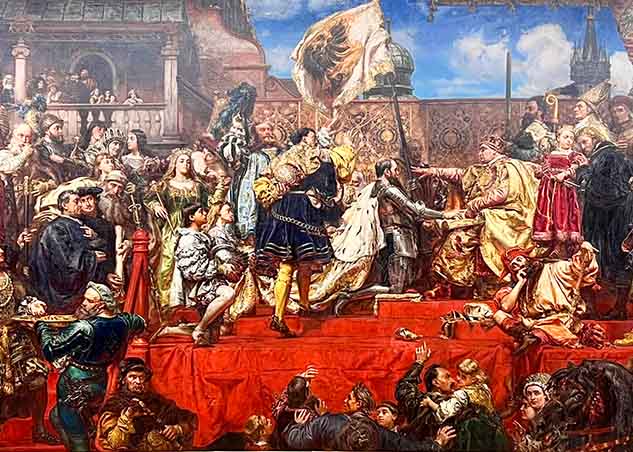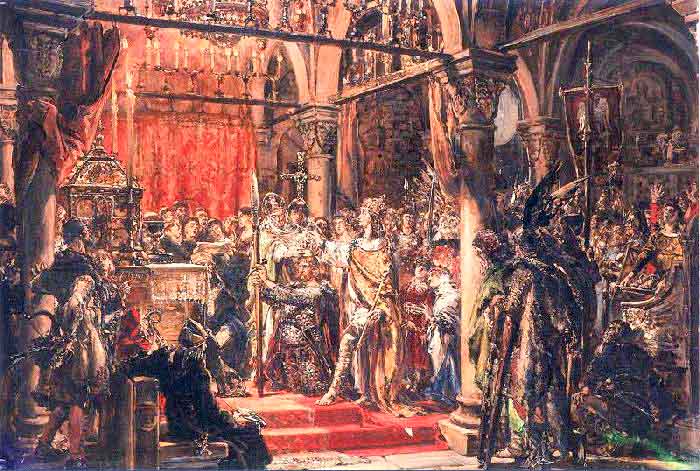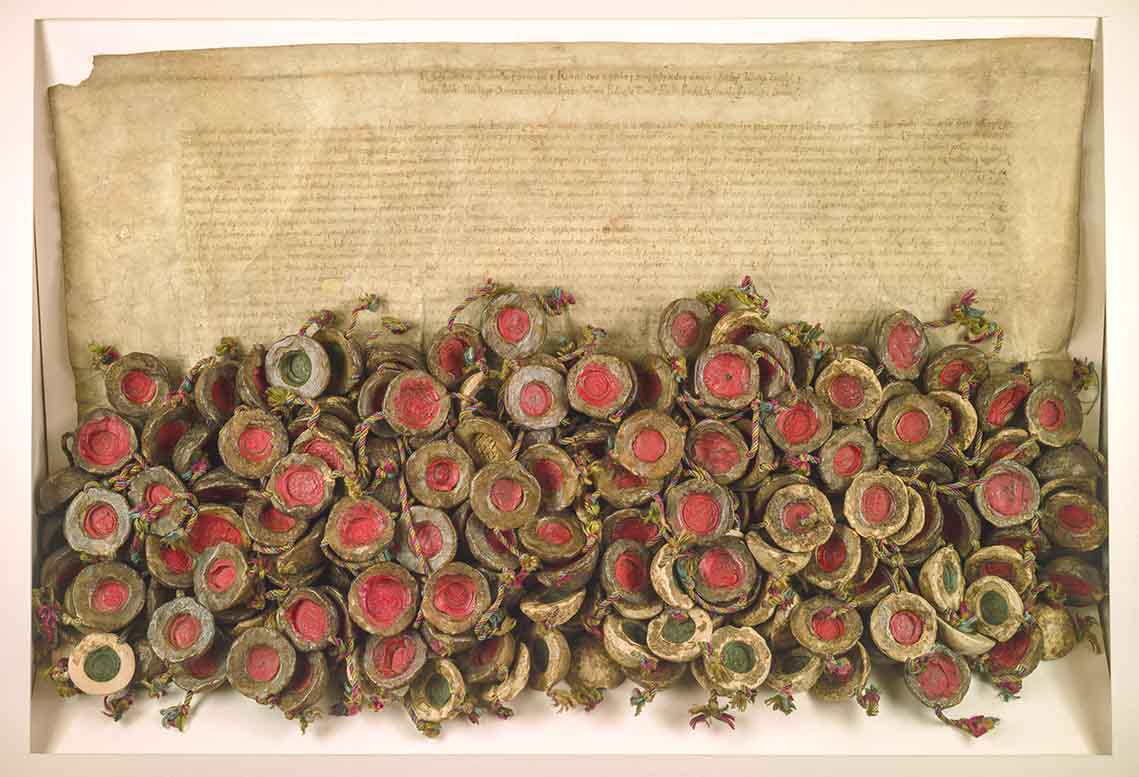"Some question the meaning of the Relief of Vienna, saying it was a shame that King John III helped the Habsburgs, that perhaps it would have been better to let Turkey capture Vienna. These coffeehouse, absurd considerations have no connection with the political reality and the sensibilities of the citizens of the Polish-Lithuanian Commonwealth at that time," says Professor Andrzej Nowak, author of the monumental series of historical books "History of Poland," who has just finished volume 7.
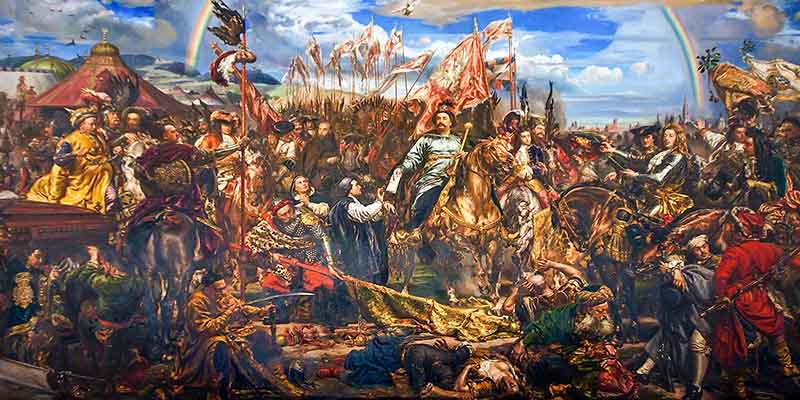
King John III Sobieski sends news of the victory at Vienna to the Pope, painting by Jan Matejko (1883) (Source: Wikipedia)
As Professor Nowak explains, Jan Sobieski appeared in Volume VI, where he was presented in a critical light. "This fierce struggle with the king, who may not deserve to be called a ruler particularly valued in our history, but neither does he deserve to be completely condemned or ridiculed, as it was sometimes portrayed – I'm referring to Michał Korybut Wiśniowiecki – is, in a sense, a prologue to the experience that Jan Sobieski will have to endure firsthand as king," the historian believes. "In Volume VII, I present Jan Sobieski as a king; a king I present in a much better light than as the leader of the opposition, a keeper of the French embassy, because now King Sobieski will experience firsthand the villainous opposition, primarily directed from Lithuania by successive leaders of the local magnate clique."
However, as Professor Andrzej Nowak emphasizes, John III Sobieski suffered some defeats as king, but he also achieved a lot, including the fact that during his reign Poland was not successfully invaded by any of its neighbors.
"He tried to pursue what was in the interest of the Republic. He managed to do one very important thing practically, namely, participate in the victorious confrontation with the Islamic Empire. Some question the meaning of the Relief of Vienna, saying that it was perhaps a pity that he helped King John III of Habsburg, that perhaps it would have been better to let Turkey capture Vienna in 1683. These coffeehouse, absurd considerations have no connection with the political reality and the sensitivity of the citizens of the Republic of Poland at that time, because Turkey was, after all, the most recent invader of the lands of the Republic. There were several thousand noblemen who were deprived of their estates in Podolia, which had just been seized by Turkey in 1672, an invasion symbolized by the tragedy of the Kamieniec fortress, described by Henryk Sienkiewicz in 'Pan Wołodyjowski'. Therefore, regaining these lands from the Turkish invader was the first duty in the opinion of the citizens and, rightly, in the understanding of the king himself," believes Professor Andrzej Nowak.
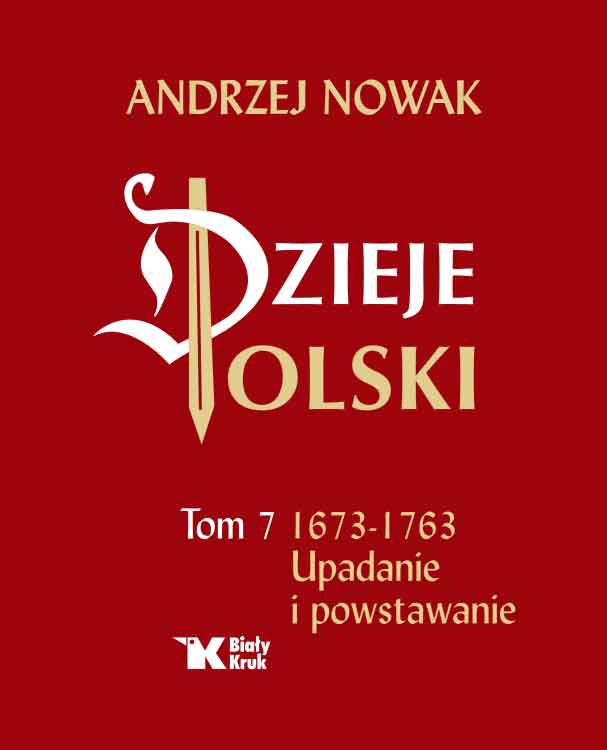
Cover of the 7th volume of "History of Poland" by Andrzej Nowak (Source: Wyd. Biały Kruk)
"Allowing Turkey to extend its empire along the entire southern border of the Polish-Lithuanian Commonwealth would not have been a prudent solution from the perspective of the long-term interests of Polish European, Christian civilization. Therefore, the relief of Vienna and this flash of glory for John III and Poland, the Polish hussars, was, in a sense, the final gleam that surrounded the Polish-Lithuanian Commonwealth in European opinion," explains the historian.
According to Professor Andrzej Nowak, Jan III Sobieski "remained a faithful son of the Republic and deserves grateful memory and a place in the crypt of St. Leonard among the greatest heroes of Polish history."
The entire statement by Professor Andrzej Nowak is available on the BIAŁY KRUK TV channel: https://www.youtube.com/watch?v=uQgtvFirW0U
Translation from Polish by Andrew Wozniewicz.




